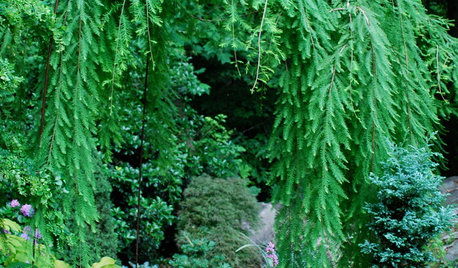weeping cherry invaded by Japanese beetles!
chueh
15 years ago
Featured Answer
Comments (15)
Iris GW
15 years agotraciham
15 years agoRelated Professionals
Clemson Landscape Architects & Landscape Designers · Biloxi Landscape Contractors · Costa Mesa Landscape Contractors · El Reno Landscape Contractors · Ellensburg Landscape Contractors · Florham Park Landscape Contractors · Mission Bend Landscape Contractors · Porterville Landscape Contractors · Sun City Center Landscape Contractors · Wayland Landscape Contractors · Massapequa Siding & Exteriors · Tustin Siding & Exteriors · Boise Decks, Patios & Outdoor Enclosures · Rosemont Decks, Patios & Outdoor Enclosures · Windsor Decks, Patios & Outdoor Enclosureschueh
15 years agoDibbit
15 years agoarktrees
15 years agochueh
15 years agoarktrees
15 years agorhizo_1 (North AL) zone 7
15 years agoleslies
15 years agoIris GW
15 years agochueh
15 years agocalifornian
15 years agocalifornian
15 years agotomboy1000000_yahoo_com
15 years ago
Related Stories

LANDSCAPE DESIGNThe Weepers and the Creepers: 10 Intriguing Trees for Your Garden
Bring something a little different to your landscape with a tree that dives, twists or crawls
Full Story
SPRING GARDENING7 Spectacular and Practical Spring-Flowering Trees
Put on a beauteous show in the garden with a landscape tree awash in flowers — just do your homework first
Full Story
EDIBLE GARDENSHouzz Call: What Did You Grow This Summer?
Let’s celebrate the homegrown fruits and vegetables of the season. Post your pictures and tell us about your harvest
Full Story
TREES7 Deer-Resistant Flowering Trees to Plant this Fall
If you live in a neighborhood with roaming deer, consider these beautiful trees that won't tempt hungry guests
Full Story
SUMMER GARDENINGHouzz Call: Please Show Us Your Summer Garden!
Share pictures of your home and yard this summer — we’d love to feature them in an upcoming story
Full Story






arktrees